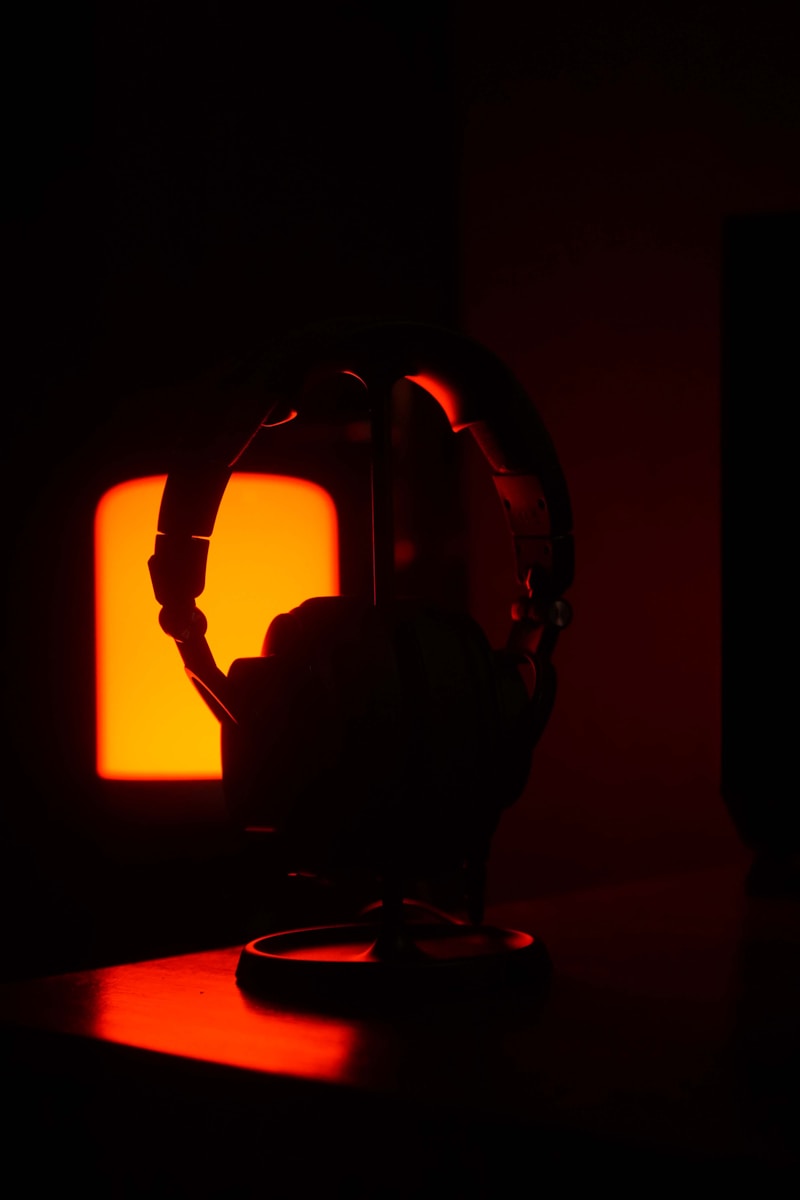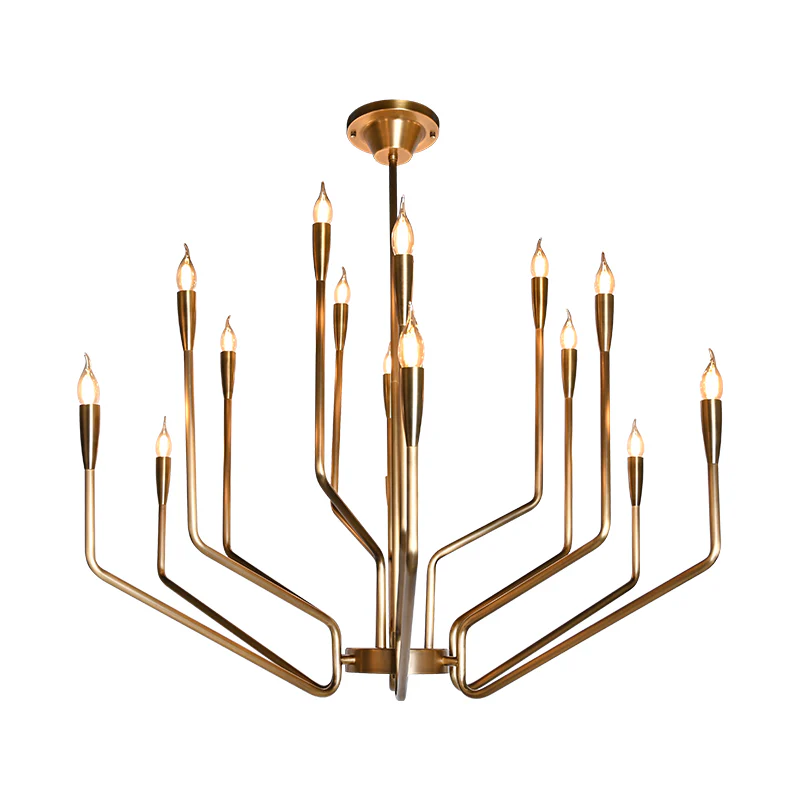How Does Lighting Influence Real Estate Value? Unraveling the Power of Illumination
How Does Lighting Influence Real Estate Value? Unraveling the Power of Illumination
Lighting can significantly impact the perception and value of real estate. Whether you are a buyer, seller, or real estate agent, understanding how different types of lighting can enhance or diminish property value is crucial. In this article, we will explore the various aspects of how lighting influences real estate value, supported by research and practical tips.
Understanding the Role of Lighting in Real Estate
Lighting is more than just a utility; it is a critical component of interior design that affects mood, functionality, and ultimately, real estate value. From natural sunlight streaming through large windows to strategically placed artificial lights, each element plays a vital role in shaping a property’s appeal.
The Psychological Impact of Lighting
Research shows that lighting can affect the way potential buyers feel about a property. Bright, well-lit spaces tend to evoke feelings of warmth and safety, while dimly lit areas can create feelings of discomfort or unease. For example, studies have shown that well-lit homes feel more inviting and spacious. According to a survey by the National Association of Realtors, 85% of homebuyers consider the brightness of a space to be a critical factor when deciding on a property.
Natural vs. Artificial Light
Natural lighting is often associated with increased real estate value. Large windows and open spaces that allow for abundant natural light can make properties more appealing. In contrast, properties that rely solely on artificial lighting might appear less attractive. Here’s a brief overview of how different lighting types can influence property valuation:
| Lighting Type | Impact on Real Estate Value |
| Natural Light | Enhances perception of space and warmth, leading to higher valuation. |
| Warm White Artificial Light | Creates a cozy atmosphere, appealing to family-oriented buyers. |
| Cold or Fluorescent Light | Often perceived as harsh, can detract from appeal and value. |
| Accent Lighting | Highlights features, adds sophistication, can increase value. |
Energy Efficiency and Lighting
Today’s buyers are increasingly conscious of energy efficiency. Properties that utilize energy-efficient lighting solutions (like LED bulbs) not only reduce energy bills but also contribute to sustainability goals. In fact, homes that showcase energy-efficient upgrades such as smart lighting systems tend to sell at a premium. As consumers become more environmentally conscious, incorporating efficient lighting can substantially enhance a property’s value.
Lighting in Different Rooms
Lighting needs vary based on room function. Here are some examples of how appropriate lighting can enhance different spaces:
- Living Room: Warm, ambient lighting creates an inviting atmosphere for relaxation and social gatherings.
- Kitchen: Task lighting is essential for safety and efficiency. Under-cabinet lights or pendant lights over islands improve functionality.
- Bedroom: Soft, dimmable lights promote a peaceful environment conducive to rest.
- Bathroom: Bright, clear lighting facilitates grooming tasks, while accent lighting can add a touch of luxury.

Showcasing Properties: The Importance of Lighting During Showings
When showing properties, effective lighting is paramount. Here are some strategies to maximize lighting during showings:
- Maximize Natural Light: Open curtains and blinds to let in sunlight, creating a welcoming ambiance.
- Use Dimmers: Allow potential buyers to adjust the lighting to their preference—this can make a space feel more personalized.
- Highlight Key Areas: Employ accent lighting to draw attention to architectural features, artwork, or landscaping.
- Neutral Color Palette: Choose light fixtures with warm tones to create a cohesive, inviting atmosphere.
Technological Advances in Lighting
The evolution of smart home technology has transformed residential lighting systems. Smart lighting solutions allow homeowners to control their lighting preferences via smartphone apps, integrating lighting with other smart home devices for maximum convenience. Homes equipped with such technology have garnered increased interest, resulting in higher market values. In urban areas where space is at a premium, innovative lighting solutions prove essential in making rooms feel larger and more functional.
Conclusion: The Significance of Lighting in Real Estate Value
In conclusion, the influence of lighting on real estate value cannot be overstated. Whether through natural sunlight or strategically placed artificial lights, effective lighting enhances a property’s appeal and functionality. For sellers, investing in quality lighting can lead to a higher sale price, while buyers should recognize the potential that well-lit spaces offer in terms of comfort and utility. As the real estate market continues to evolve, understanding the critical role of lighting is essential for making informed decisions, whether you are looking to buy, sell, or evaluate a property.
Key Takeaways:
- Lighting can psychologically affect how buyers perceive a home.
- Natural lighting tends to increase a property's value, while poor artificial lighting can detract from it.
- Energy efficiency and smart lighting technologies are becoming increasingly significant in real estate transactions.
- Different rooms require tailored lighting solutions to optimize functionality and mood.
For anyone involved in real estate, investing time in understanding and enhancing lighting can translate into significant financial benefits. Always remember, light is not just about visibility; it's about creating an atmosphere that turns a house into a home.
